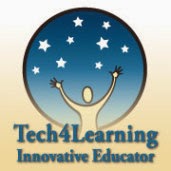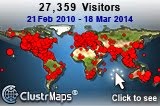The Sunflower is a book in two parts. Part one is the story of Wiesenthal's experience in a concentration camp as well as a request for forgiveness from a dying Nazi soldier. Part two is a symposium of responses.
"Among respondents to the question are theologians, political leaders, writers, jurists, psychiatrists, human rights activists, Holocaust survivors, former Nazis and victims of attempted genocides in Bosnia, Cambodia, China and Tibet. " (Wikipedia)In our meeting I learned that the students, moved by the deathbed scene, wanted to create a video re-enactment of that part of the story. I thought it would be interesting to crowdsource the symposium, also through video. We shared the idea with the students, showing them the It Gets Better Project as an example.
Next we created the "Would You Forgive?" Google site as a home for the project. The students worked on writing the descriptions for the various pages of the site. They continued working, as part of their language arts class, on the script for the reenactment which was filmed after school and edited by one of the students over spring break. The students also wrote essays articulating their personal responses to the dilemma. Additionally, they video- reflected on the meaning of the entire project.
The Sunflower- Student Reflections from MJGDS Classrooms on Vimeo.
At the recent edJEWcon conference, hosted by MJGDS Mrs. Kuhr and the 8th graders shared the project and the re-enactment with educators from other Jewish schools, requesting that these teachers show the video to their students and solicit video responses. It was impressive to hear the students speak so articulately about their work.
From my perspective, working with a small class of "seniors" has had its highs and lows. There have been some real "blah" moments, some confusion around project management and productivity, even some questions as to "why are we bothering to do this?"
The edJEWcon session was a high point. The students watched others watch their video. They were able to see and hear outside appreciation for their quality work. This had an impact that surpassed any amount of teacher feedback.
We still have a lot left to do and not much time left in the school year. The students are excited to promote the site and the re-enactment, to receive and review responses. It is our hope that this work will reach people, touch them and inspire them to think.

.JPG)





